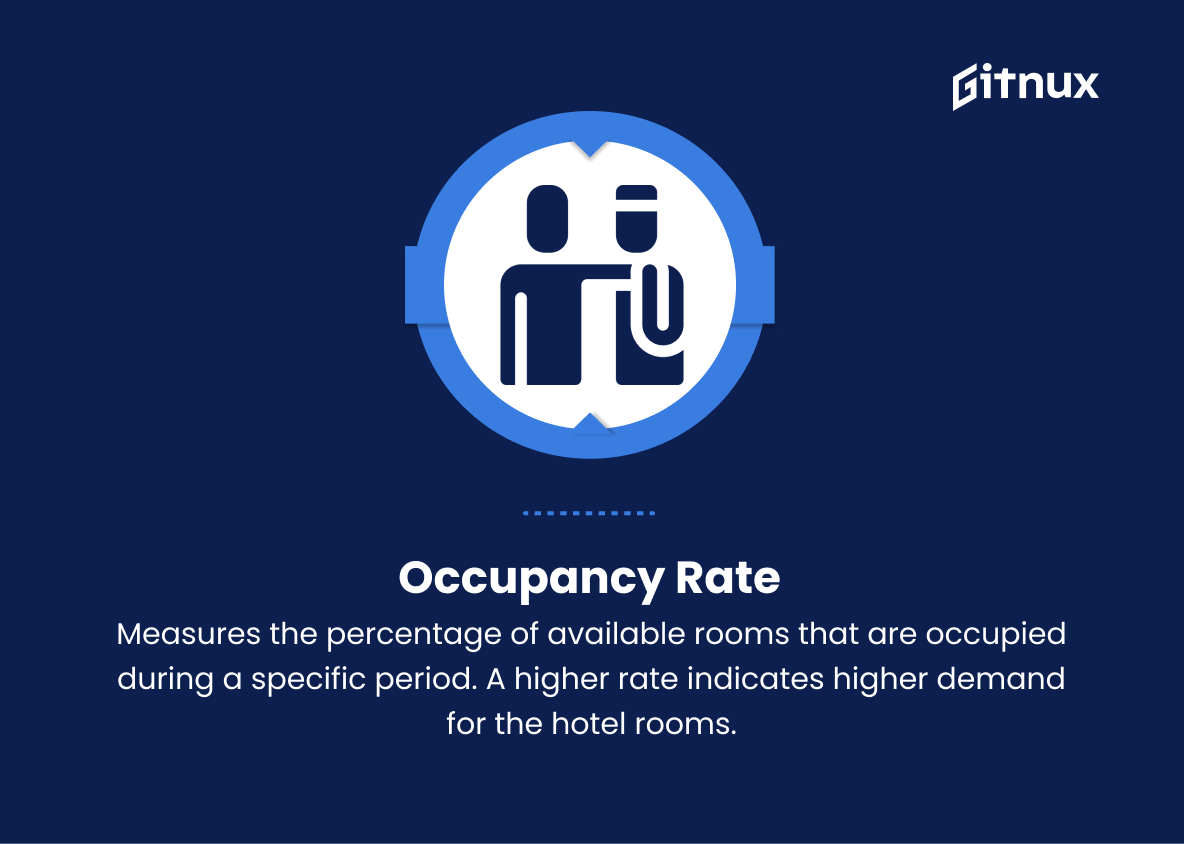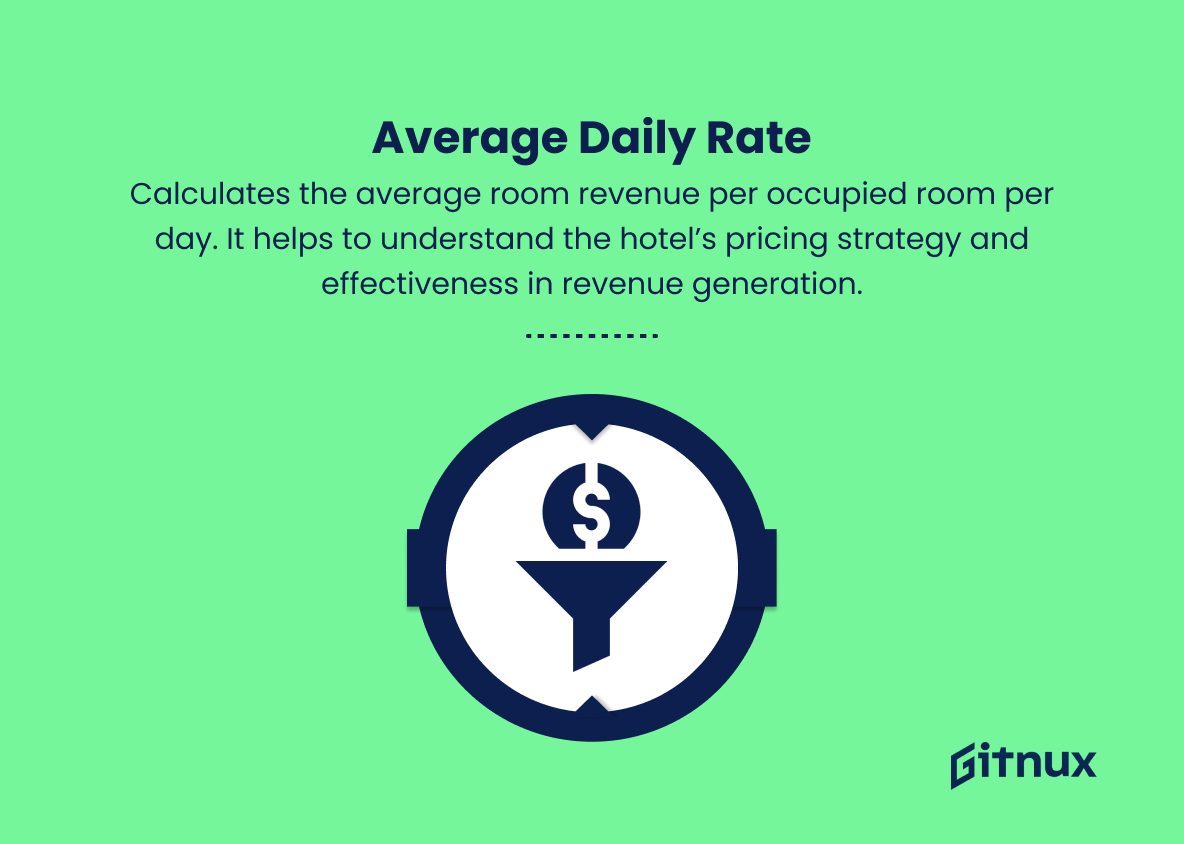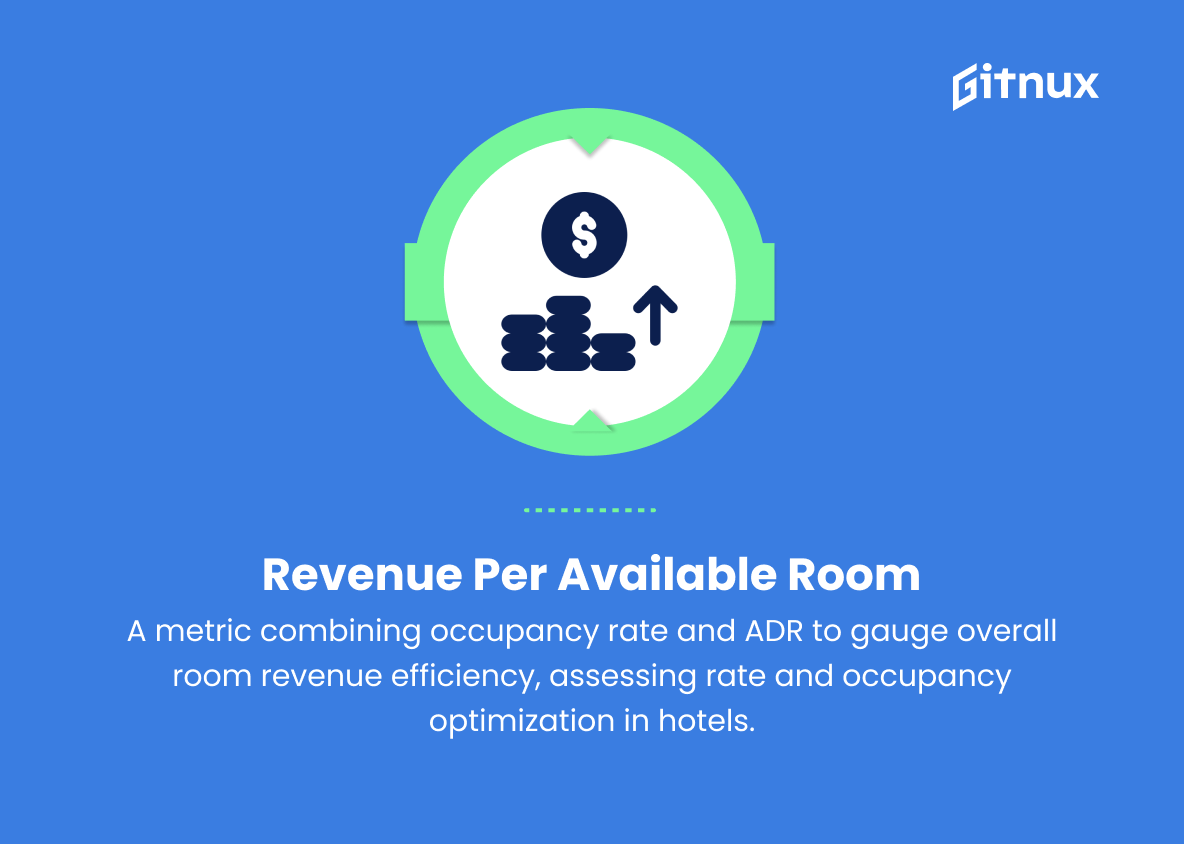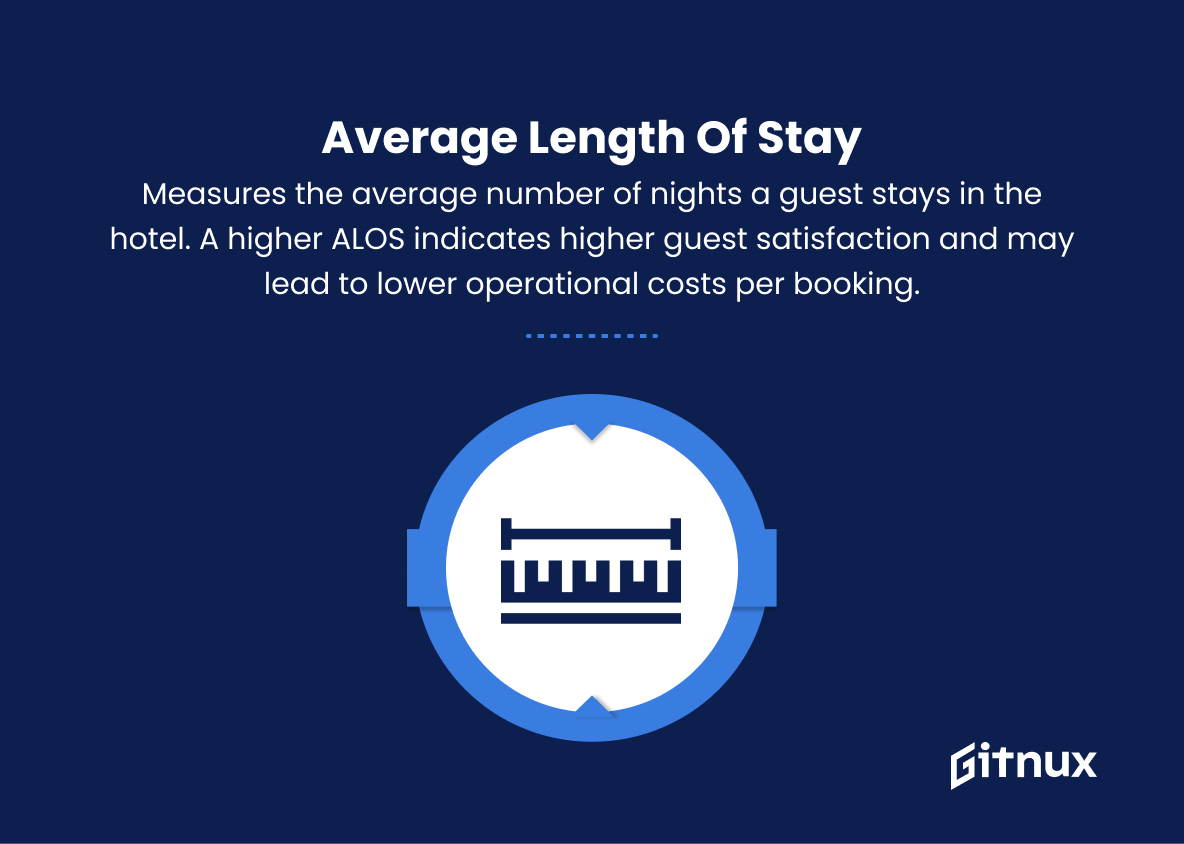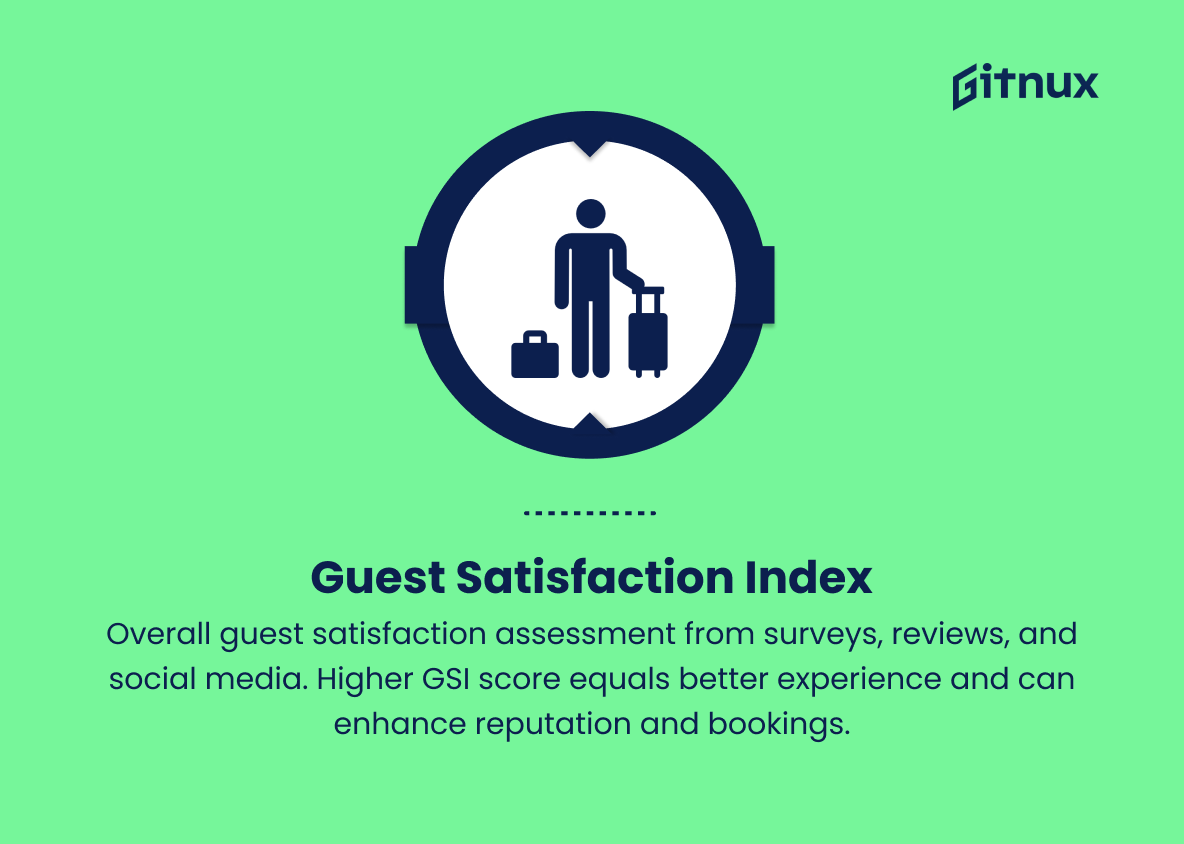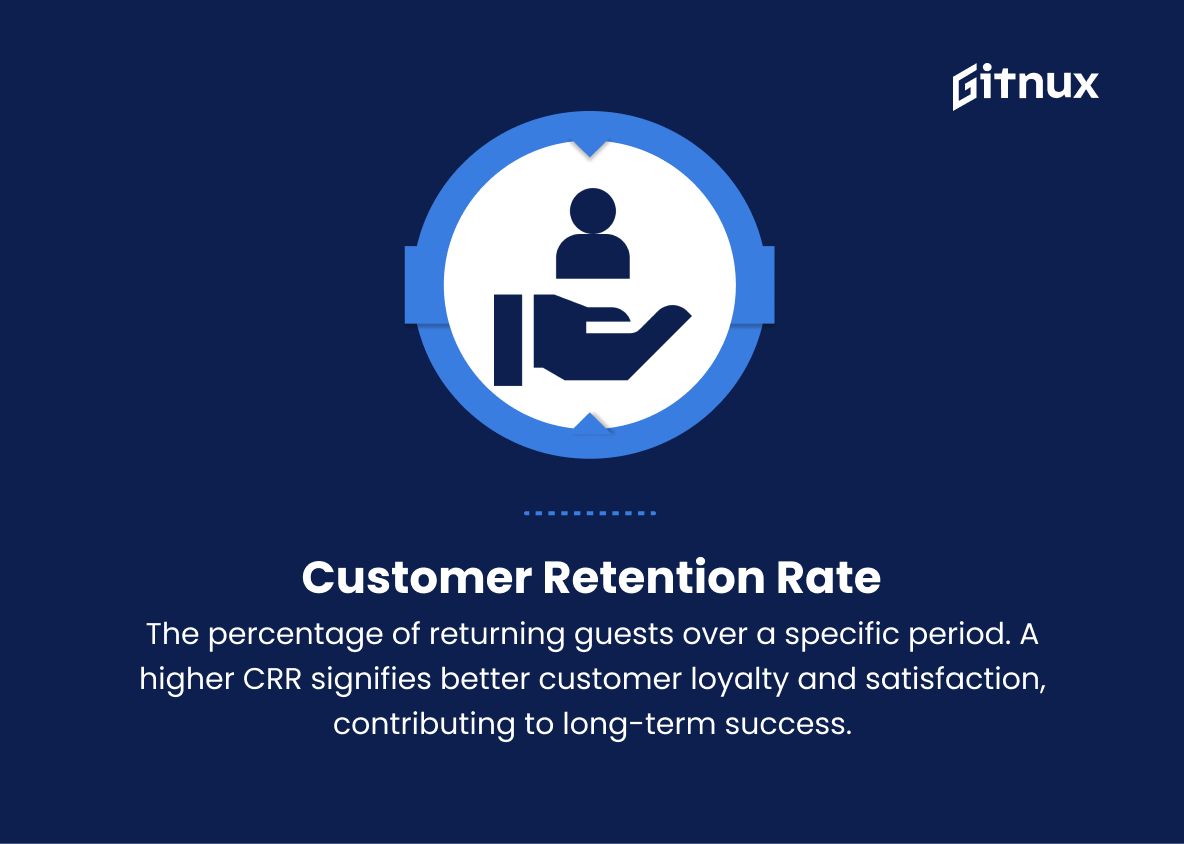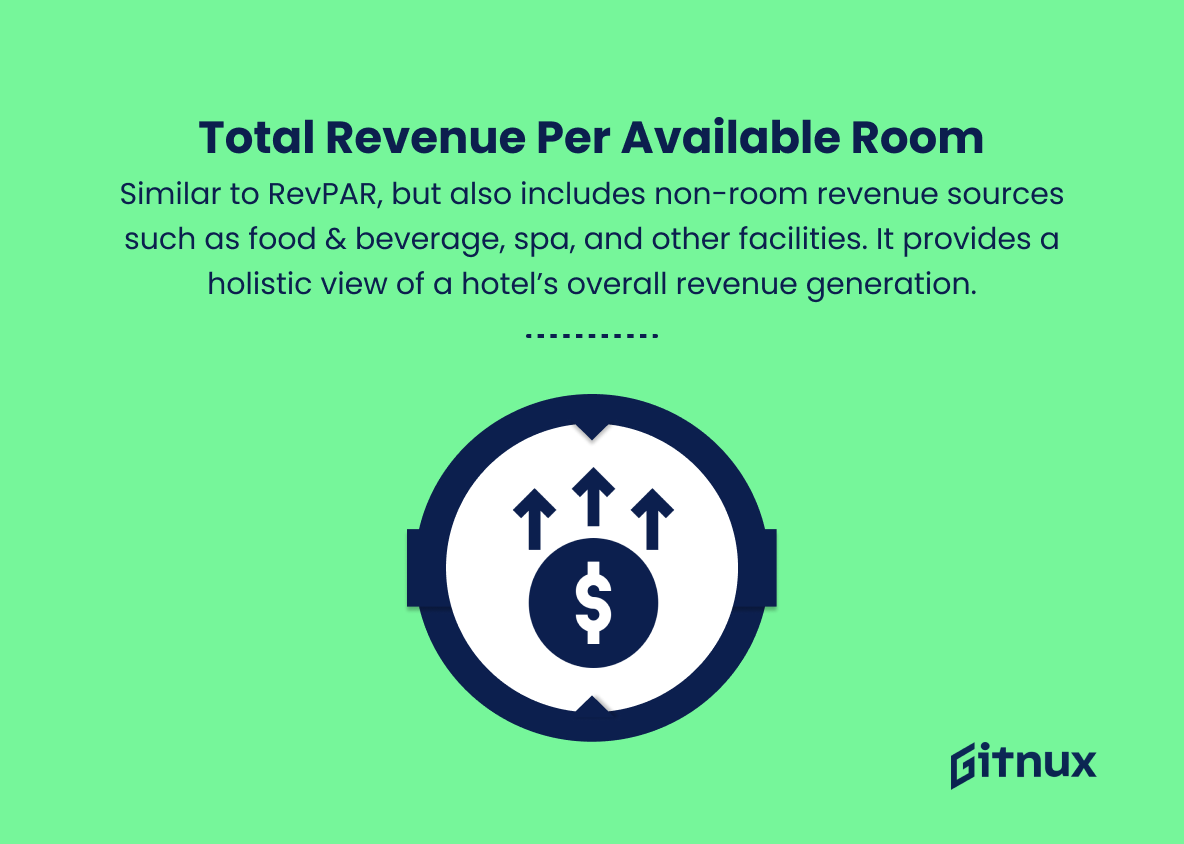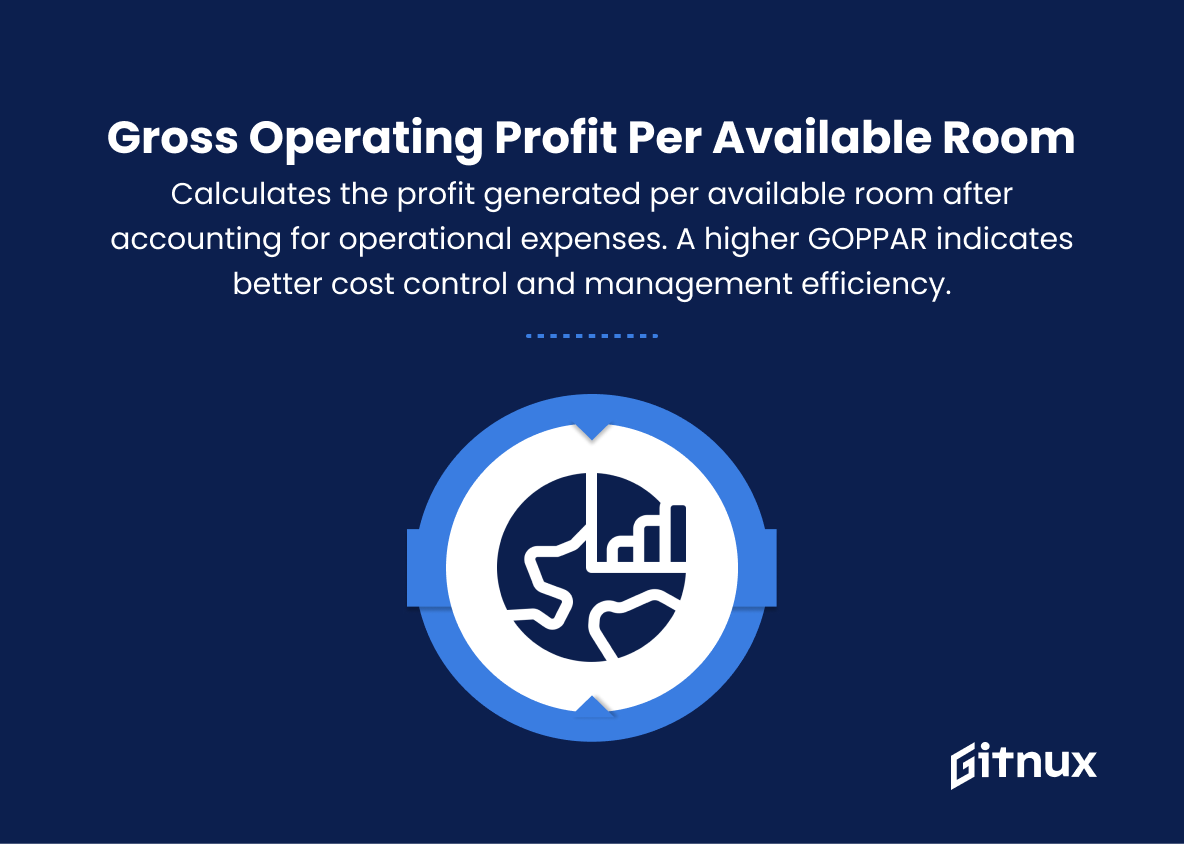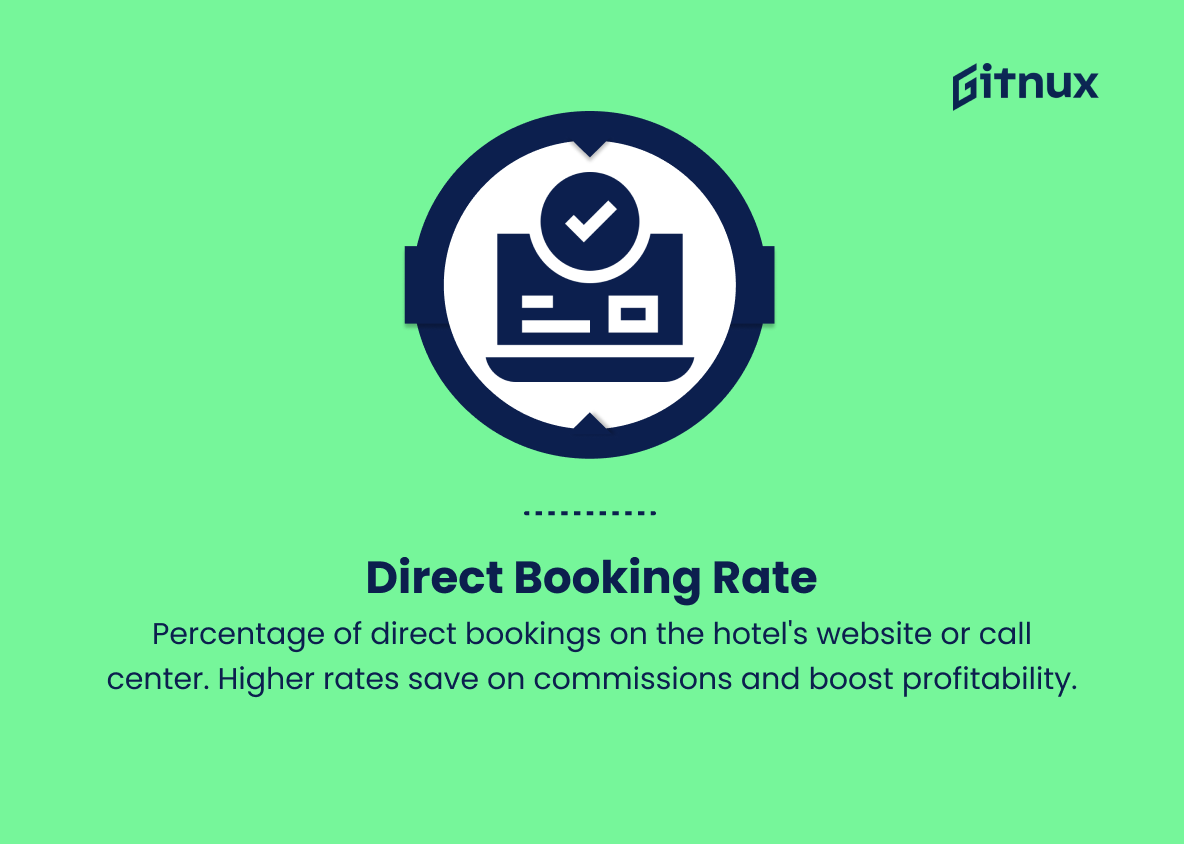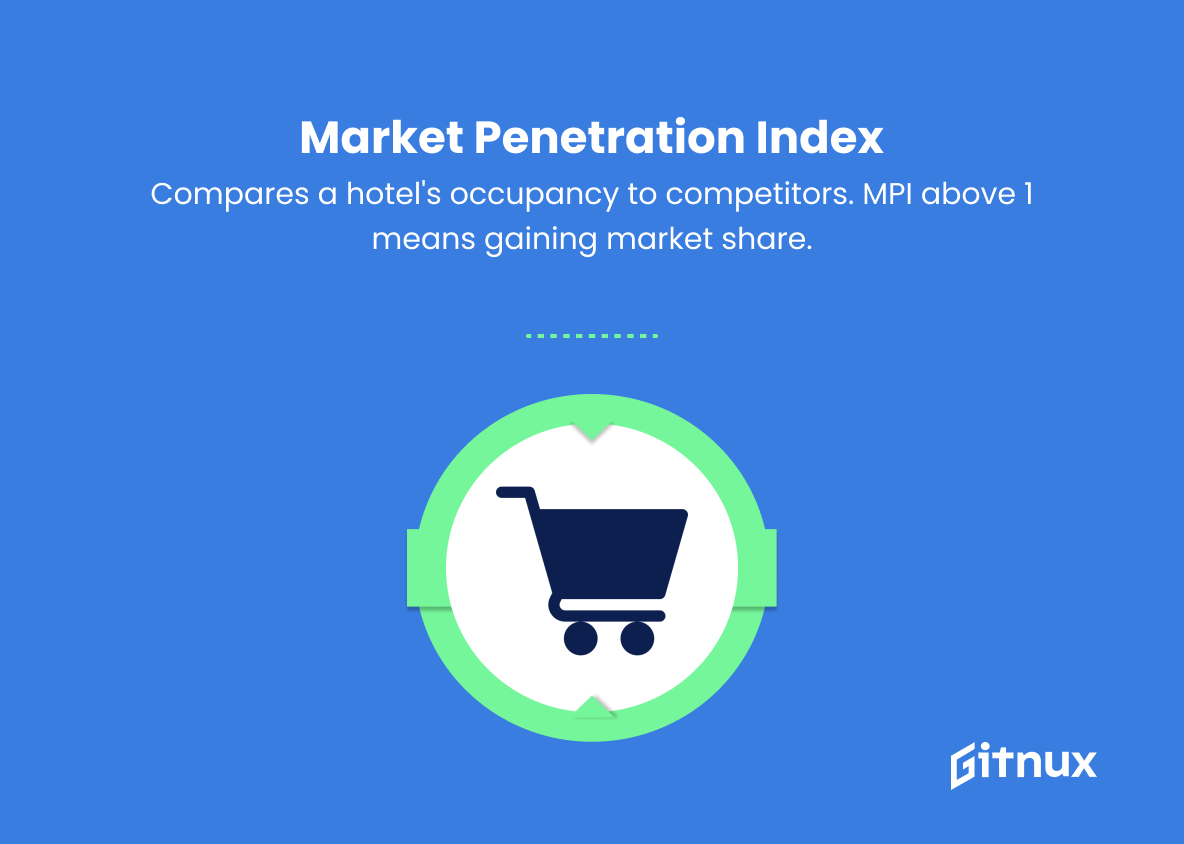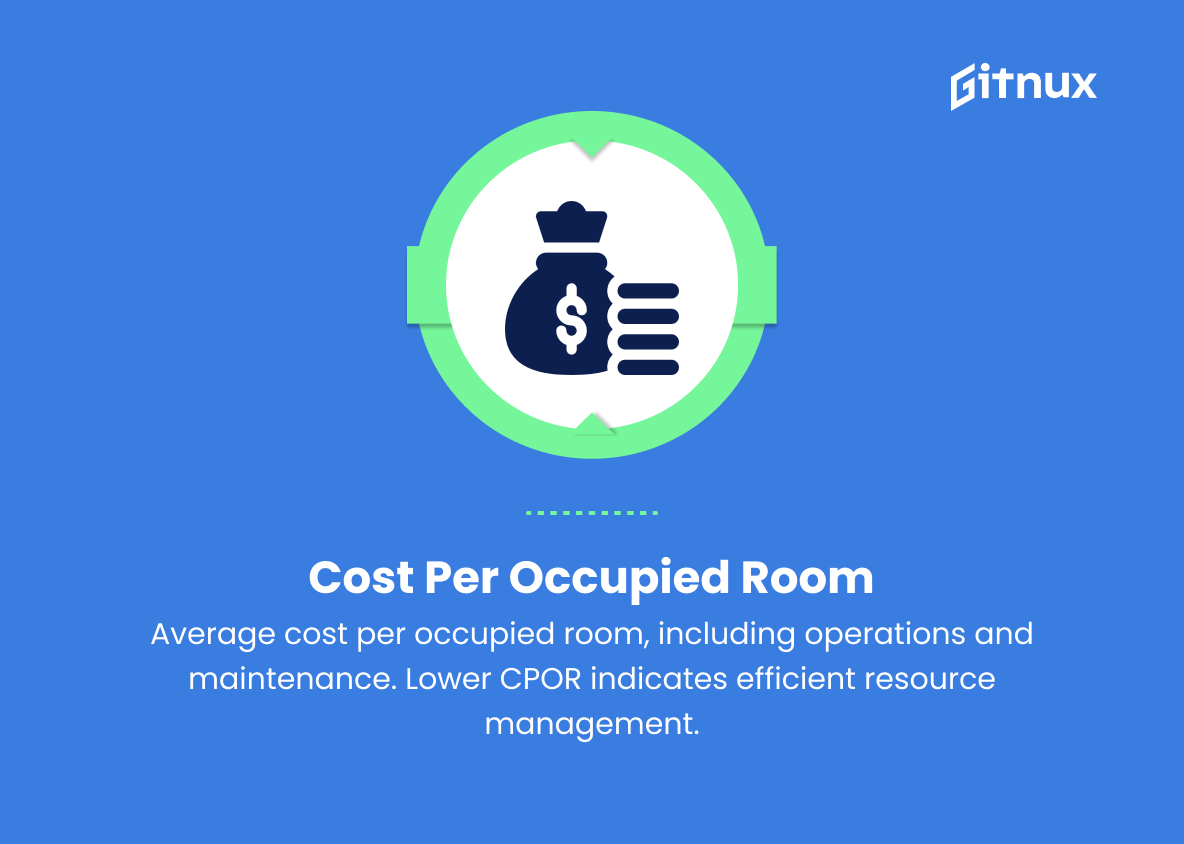In the highly competitive world of the hospitality industry, the continuous assessment and improvement of a hotel’s performance are essential to ensure success and longevity. Hotel performance metrics serve as quantifiable measures that not only gauge the efficiency of a hotel’s operations but also enable its management to make data-driven decisions to further enhance guest satisfaction and profitability.
In this insightful blog post, we will delve into the significance of hotel performance metrics, and explore the key indicators that hoteliers need to monitor and evaluate in order to maintain a thriving and sustainable business. From occupancy rate calculations to revenue management strategies, we’ll provide an in-depth understanding of the numbers that make a difference in the world of hospitality.
Hotel Performance Metrics You Should Know
1. Occupancy Rate
Measures the percentage of available rooms that are occupied during a specific period. A higher rate indicates higher demand for the hotel rooms.
2. Average Daily Rate (ADR)
Calculates the average room revenue per occupied room per day. It helps to understand the hotel’s pricing strategy and effectiveness in revenue generation.
3. Revenue per Available Room (RevPAR)
A metric that combines the occupancy rate and ADR to determine the overall room revenue generation efficiency. It helps to assess the hotel’s ability to optimize room rates and occupancy levels.
4. Average Length of Stay (ALOS)
Measures the average number of nights a guest stays in the hotel. A higher ALOS indicates higher guest satisfaction and may lead to lower operational costs per booking.
5. Guest Satisfaction Index (GSI)
An assessment of the overall guest satisfaction based on feedback and ratings from guest surveys, online reviews, and social media. A higher GSI score denotes better guest experience and may boost reputation and future bookings.
6. Customer Acquisition Cost (CAC)
Calculates the average marketing and sales expenses for acquiring one new customer. Lower CAC indicates a more cost-effective marketing strategy.
7. Customer Retention Rate (CRR)
The percentage of returning guests over a specific period. A higher CRR signifies better customer loyalty and satisfaction, contributing to long-term success.
8. Total Revenue per Available Room (TRevPAR)
Similar to RevPAR, but also includes non-room revenue sources such as food & beverage, spa, and other facilities. It provides a holistic view of a hotel’s overall revenue generation.
9. Revenue Generation Index (RGI)
Compares the hotel’s RevPAR with the average RevPAR of competing hotels in the market. An RGI above 1 indicates the hotel is outperforming its competition.
10. Gross Operating Profit per Available Room (GOPPAR)
Calculates the profit generated per available room after accounting for operational expenses. A higher GOPPAR indicates better cost control and management efficiency.
11. Direct Booking Rate
The percentage of total bookings made directly through the hotel website or call center instead of third-party booking sites. Higher direct booking rates avoid commission fees and increase profitability.
12. Market Penetration Index (MPI)
Compares a hotel’s occupancy rate with the average occupancy rate of its competitors. An MPI above 1 indicates that the hotel is taking a larger share of the market compared to competitors.
13. Employee Turnover Rate
The percentage of employees who leave the hotel within a specified period. Lower turnover rates indicate better job satisfaction and lower hiring and training costs.
14. Net Promoter Score (NPS)
A measure of guest loyalty based on the likelihood of customers recommending the hotel to others. A higher NPS indicates stronger customer loyalty and increased word-of-mouth referrals.
15. Cost per Occupied Room (CPOR)
The average cost incurred by the hotel for each occupied room, including operational and maintenance costs. Lower CPOR values represent better management of resources and expenses.
These metrics provide valuable insights into a hotel’s operational efficiency, financial performance, and guest satisfaction, helping hoteliers make informed decisions to improve their business.
Hotel Performance Metrics Explained
Hotel Performance Metrics are crucial for evaluating a hotel’s operational efficiency, financial performance, and guest satisfaction. Occupancy Rate and ADR assess demand and pricing strategies, while RevPAR and TRevPAR offer a comprehensive view of revenue generation. Metrics like ALOS, GSI, CAC, and CRR focus on guest relations and marketing efficiency, whereas GOPPAR measures management’s ability to control costs.
The importance of direct bookings and market share is captured by the Direct Booking Rate and MPI. Employee Turnover Rate considers staff satisfaction, and NPS highlights customer loyalty. Lastly, CPOR evaluates resource management and operational expenses. Each metric offers valuable insights to help hoteliers make well-informed decisions to enhance their business.
Conclusion
In summary, hotel performance metrics are vital tools for ensuring the success of any hotel establishment in the competitive hospitality industry. By focusing on key indicators such as occupancy rate, RevPAR, ADR, GOPPAR, TRevPAR, and NPS, hoteliers can make informed decisions to optimize the overall guest experience, boost revenues, and increase long-term profitability.
Regular monitoring of these metrics will empower hotel managers and teams to swiftly identify areas for improvement, stay ahead of industry trends, and respond effectively to the ever-changing needs of their guests. Ultimately, a hotel’s ability to understand and utilize these performance metrics will determine its standing in the market and influence its ongoing growth and success.
